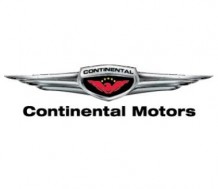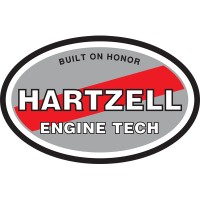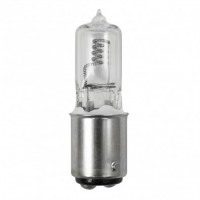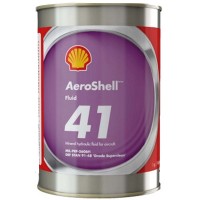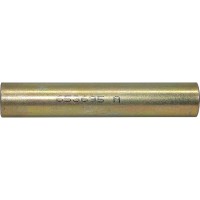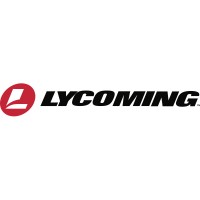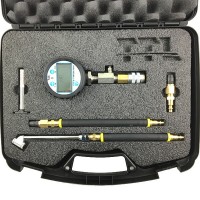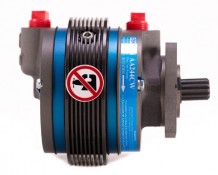FREE SHIPPING ON ORDERS OVER $350 (USA ONLY - SOME EXCLUSIONS APPLY) | 877-288-8077
B-29 Enola Gay
$215.95/Each
Part# 13-10486
MFR Model# AB29ET
MFR Model# AB29ET
Overview
|
The B-29 Enola Gay is the most complicated and propeller-driven bomber aircraft in the Second World War. The crew quarters are in the b29s pressurized compartments and the aircraft has highly developed armaments and avionics systems. It brought the first nuclear weapons used in the Pacific Theater war. Colonel Paul W. Tibbets Jr. dropped the first atomic bomb “Little Boy” in Hiroshima, Japan. The strategies for the first atomic bombing were set in August 1945. There were seven Superfortress aircrafts, three of which were to scout in front. One of them is to measure the blast of the bomb, and one photo plane is assigned to be the standby plane and the primary plane. The aircraft’s bombing is visual not radar. They used it to target the cities of Hiroshima, Kokura, Niigata and Nagasaki. Paul Tibbet’s own aircraft decided to name it “Enola Gay” after his loving mother. This gave him inspiration while he was building it. The Enola Gay allows 12 crewmen. In the afternoon of August 5, the Americans placed the bomb into the Enola Gay plane. The “Little Boy” atomic bomb is 12 feet long and 28 inches in diameter. Its power matches up 20,000 tons of TNT or approximately as much as two thousand Superfortress aircrafts could take. They started their engines in August 6, 1945 at 2:30 AM. Three hours after, they flew over Iwo Jima at dawn, where 5,500 Americans and 25,000 Japanese had died, so that the USAAF could use Iwo as an emergency landing field. They altered course and went northwest. They climbed to 30,700 feet for their bombing altitude. And at 8:30 they got a coded message saying Hiroshima was covered with clouds. At 9:15AM they dropped the ""Little Boy"" and made a 155 degree diving turn to the right. |
WARNING: Cancer and Reproductive Harm - www.P65Warnings.ca.gov. |
Q&A
Please note, Pilotshop.com's personnel are not certified aircraft mechanics and can only provide general support and ideas, which should not be relied upon or implemented in lieu of consulting an A&P or other qualified technician. Pilotshop.com assumes no responsibility or liability for any issue or problem which may arise from any repair, modification or other work done from this knowledge base. Any product eligibility information provided here is based on general application guides and we recommend always referring to your specific aircraft parts manual, the parts manufacturer or consulting with a qualified mechanic.








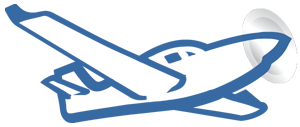 FREE Shipping
FREE Shipping

